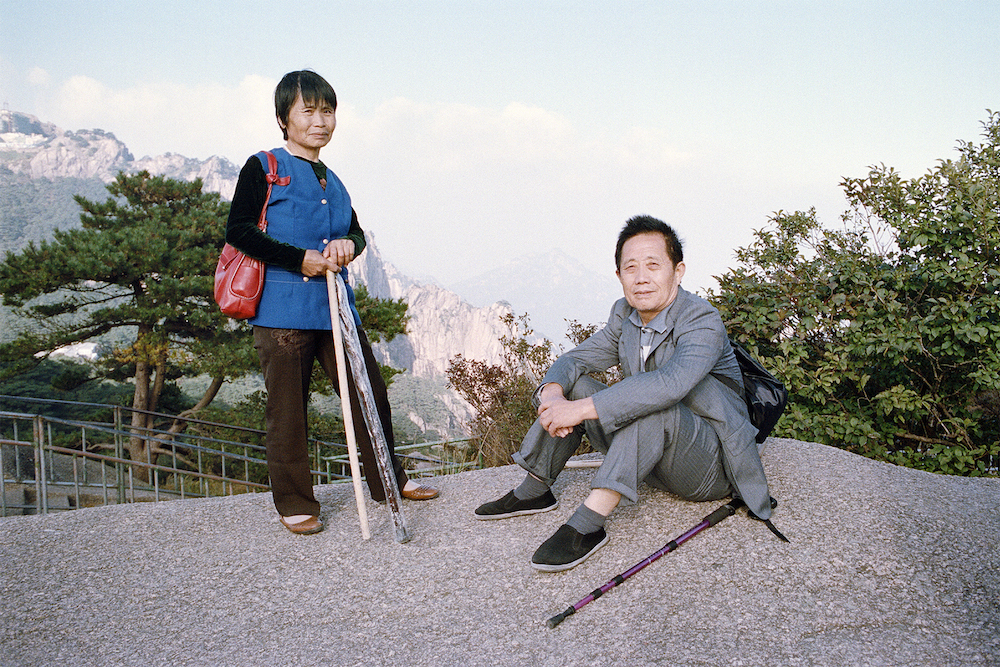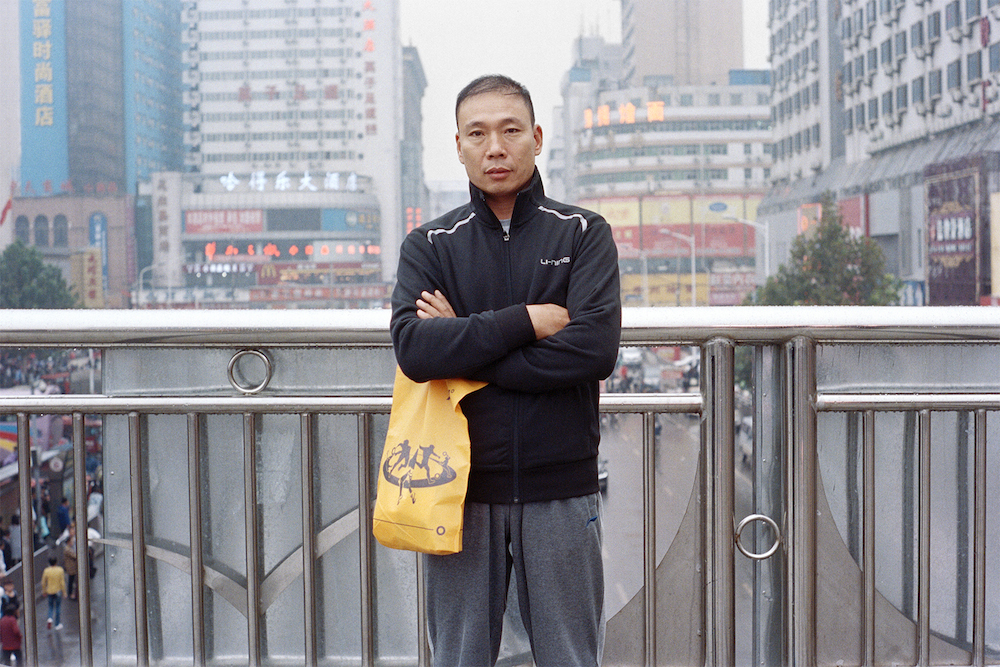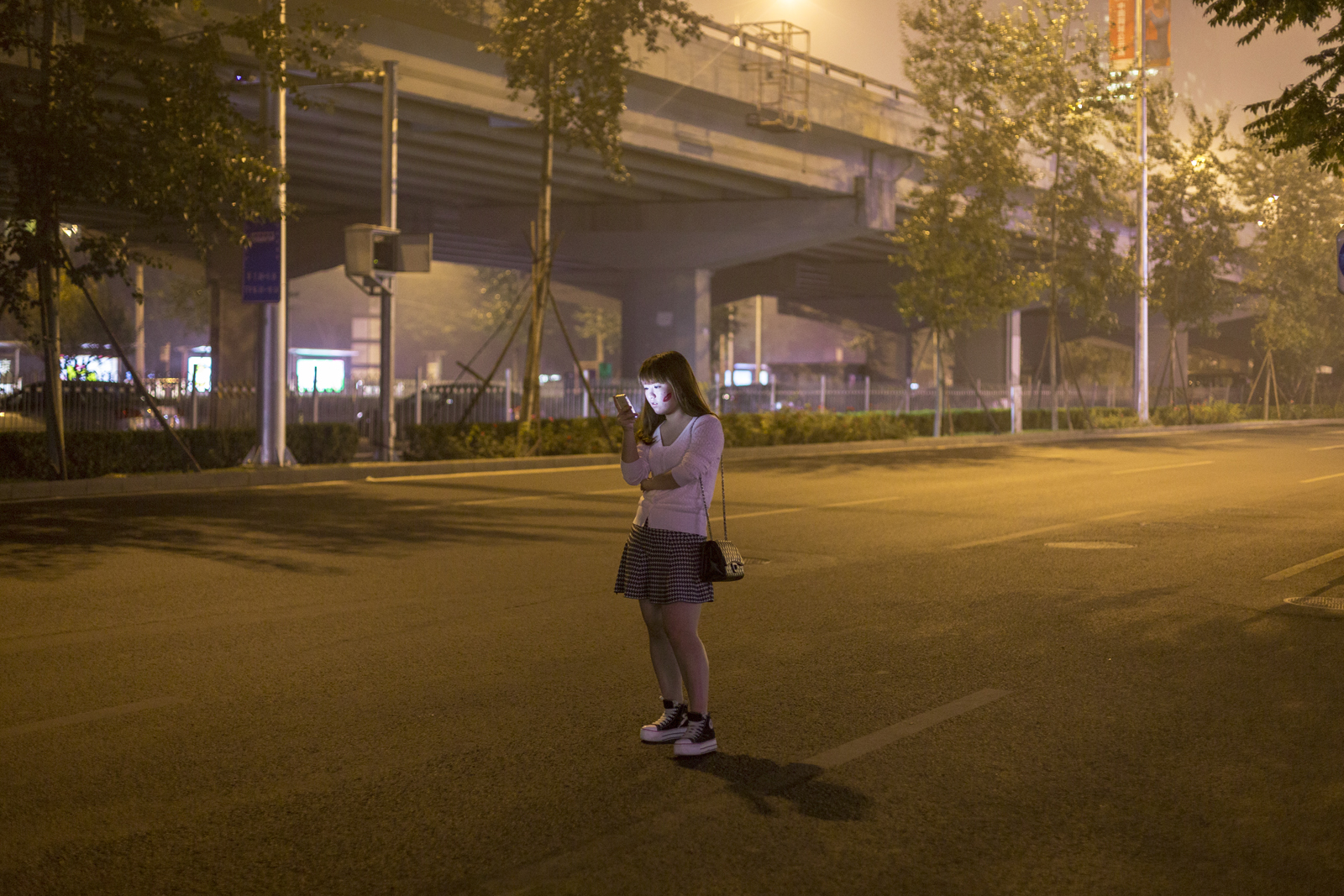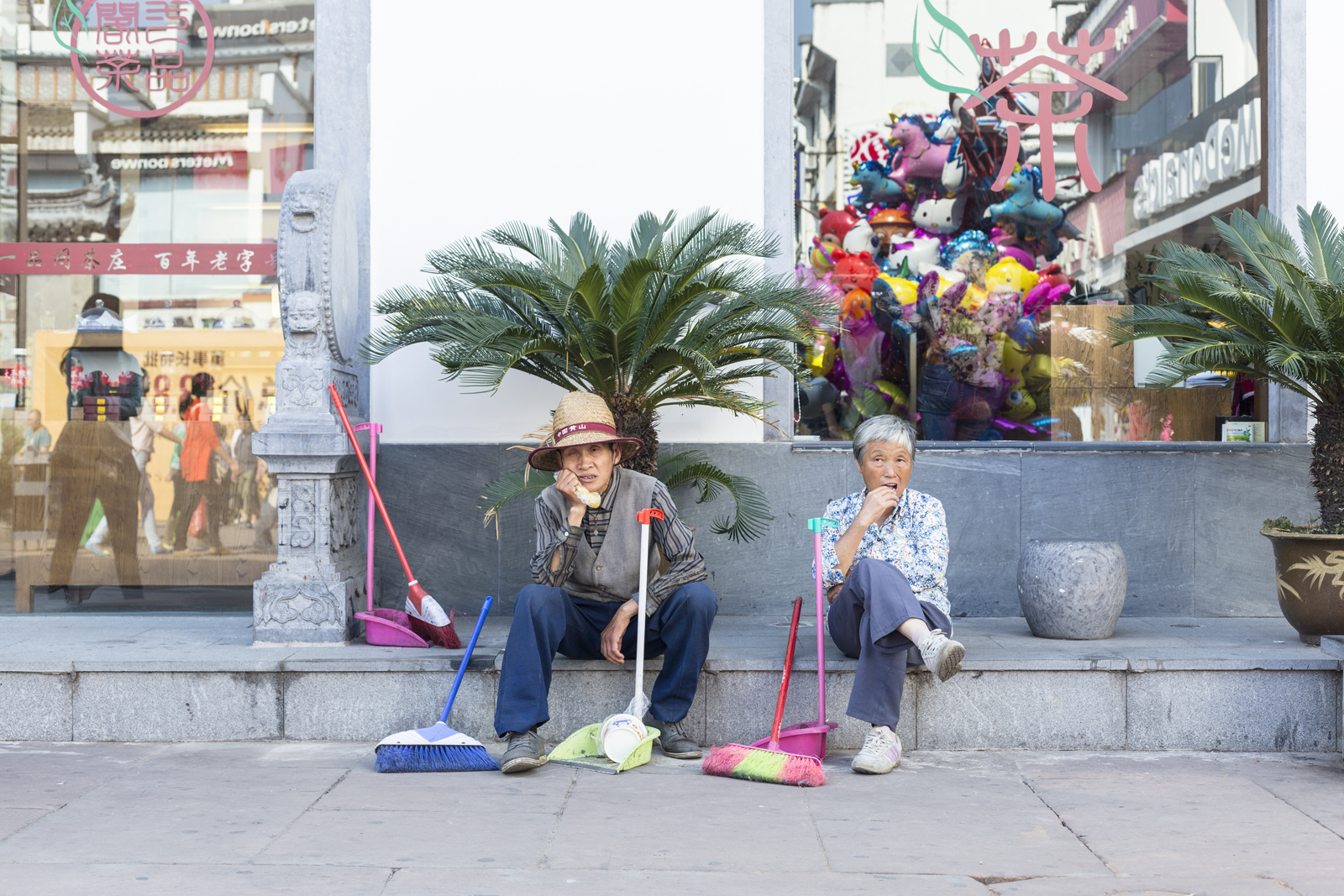“China” looms so large as a monolithic concept in America—as an economic powerhouse, a military rival, a non-Western other—that it’s sometimes hard to picture life on a human scale for the individuals comprising the world’s most populous nation. A new self-published book of street photography called Made in China takes you to the ground-level, to meet people face to face. In concept and execution, the book is an embrace of subjectivity.
Three British photographers traveled from Beijing to Shanghai via Xi’an over the course of almost a month and produced a 48-image book, available on their website and also at a launch party this week in London.
Videos by VICE

Image: Paul Storrie, used with permission
“We chose to journey through the north of China as it possesses a greater diversity of environments, from huge manic cities like Beijing to small towns and mountain ranges (which were actually just as huge and manic),” Paul Storrie told me in an email.
On the same trip, the trio shot a music video for the Portugeuse band MAU in various, and as Storrie described them, “epic” arcades. But photography was the driving force. As they traveled, Storrie, Chris Lee, and Charlie Kwai coordinated to photograph in the same places at the same moment, but with each allowed to choose his own subject matter.

Image: Chris Lee, used with permission
“We had to be very aware of each other and try our best to not get in each others shots,” Storrie said. “It happened a lot at first but as time went on, we learnt each others movements. Now we move in sync, and know the kind of people and situations that each of us would be most likely to shoot.”
I didn’t notice any photographers in the shots that I’ve seen, but then I also don’t know what the photographers look like. Instead, the result is sort of like a caption-less “Humans of New York.” For all the physical distance the photographers reduced, the text-less images somehow maintain a language barrier.

Image: Paul Storrie, used with permission
Without the subjects having a voice, the idea of street photography by Westerners in China being a book-worthy subject could be interpreted as exoticism of a kind. Looking over each photographer’s Instagram individually, the book seems to be of a consistent sensibility with the photos they take at home. Unlike the genre of “pictures of masses of people in China”, which seems to support the monolith stereotyping, Made in China is a book of portraits that let individuality and personality of the subjects shine through in small expressions, postures, and clothing.

Image: Chris Lee, used with permission
“Each of us have distinctive shooting styles; Charlie gets extremely close, taking fast and active candid shots of his subjects. Chris shoots the wider scenes, and looks for composure of people in an environment,” Storrie said. “I take composed portraits of people, aiming to create an intimate connection between the subject and viewer. All three of us focus on photographing people, and strive to capture images that tell a story.”

Image: Chris Lee, used with permission
Storrie told me that they were driven to experience a rapidly changing place and then share that experience through photography, but he admits the scale overwhelmed him.
“We may have to go back at some point,” he said.




